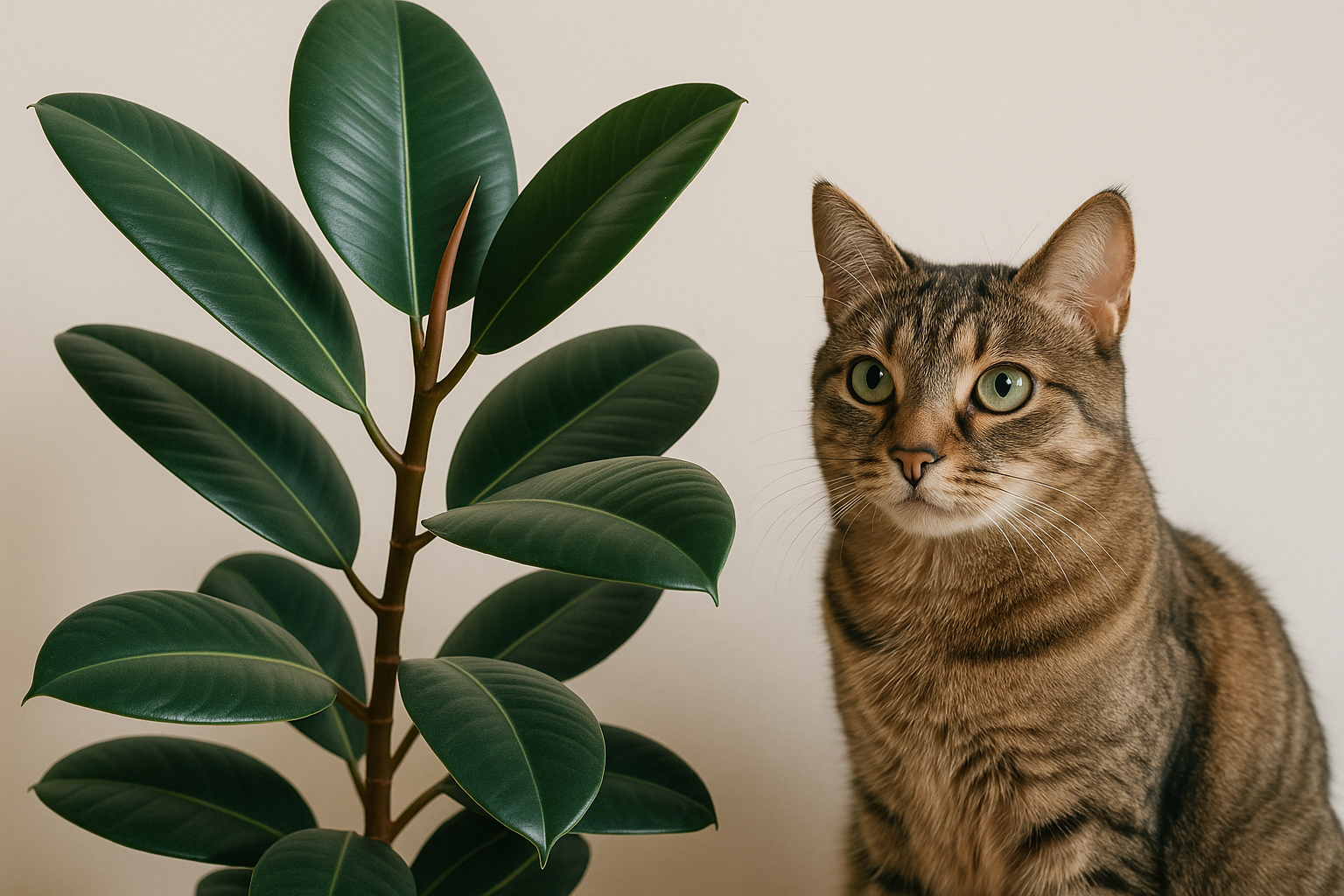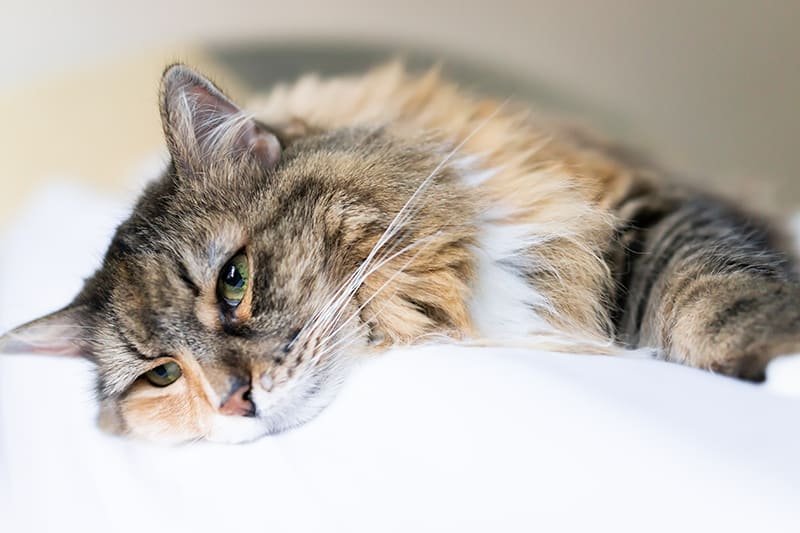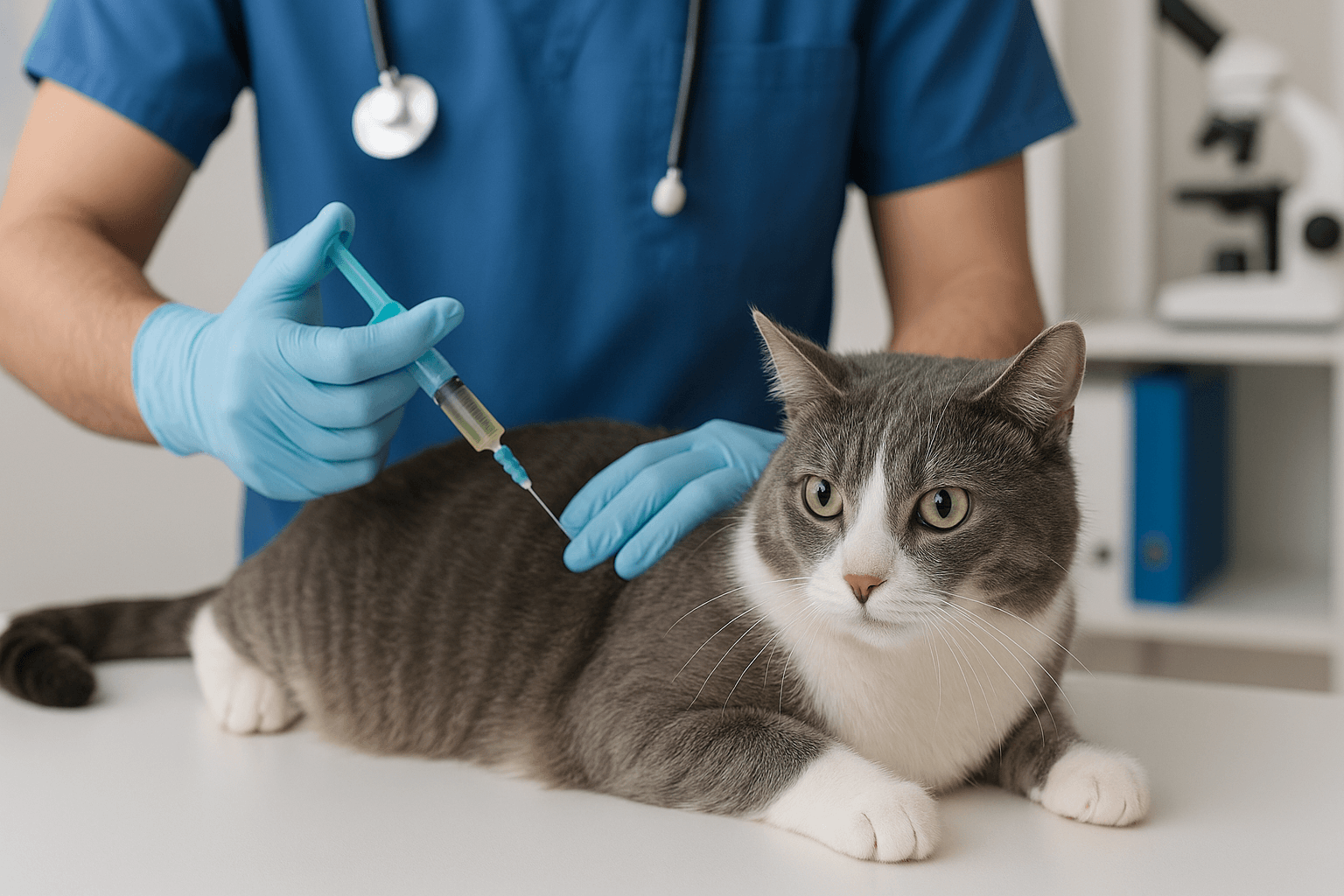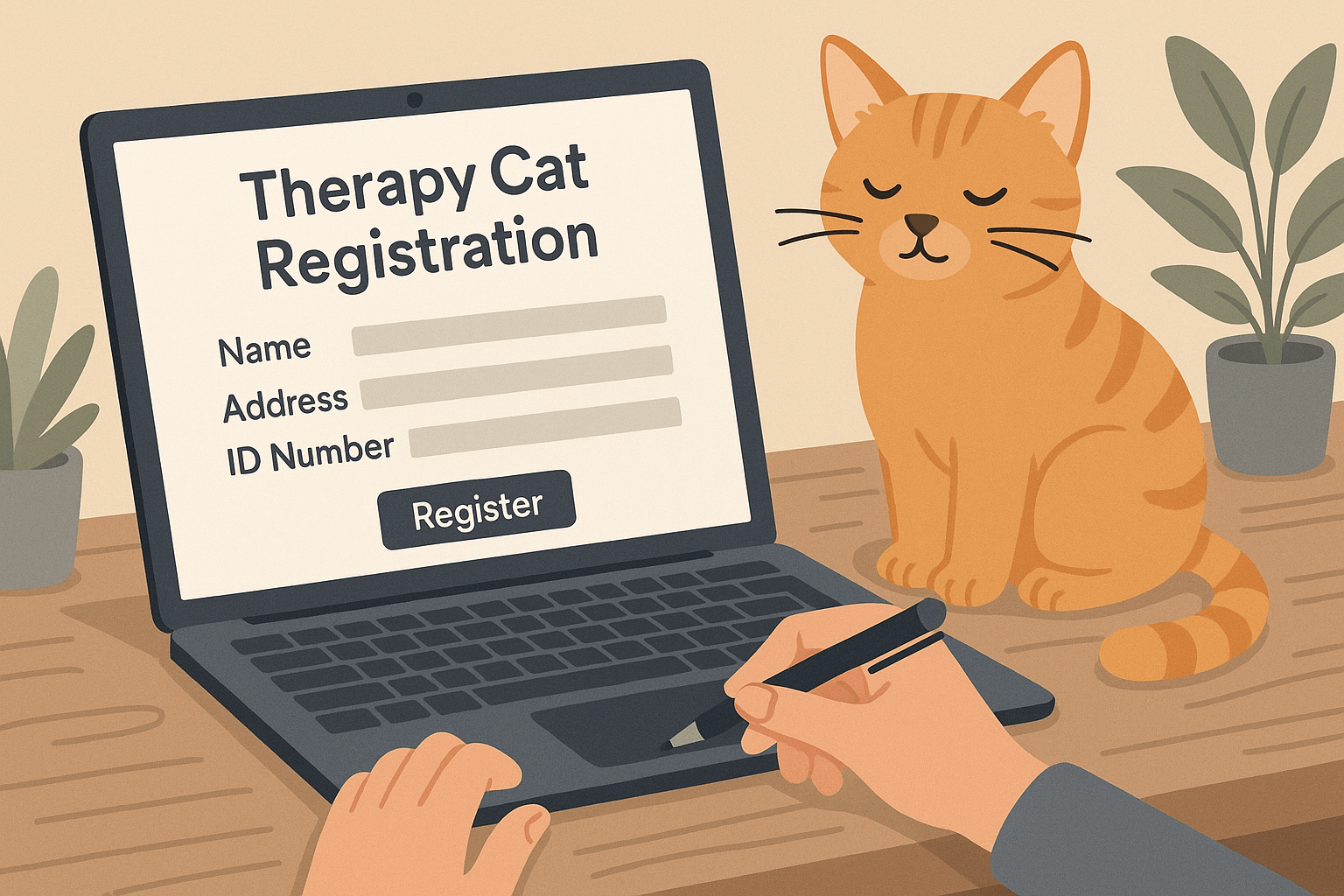Can Cats Eat Lentils?
When it comes to feeding our feline friends, many pet owners are curious about whether human foods like lentils are safe for cats. Lentils, a nutrient-rich legume packed with protein and fiber, are a staple in many households. However, cats have unique dietary needs as obligate carnivores, meaning their bodies are designed to thrive on animal-based proteins. While lentils may seem like a healthy option, it’s important to understand how they fit into your cat’s diet—or if they should be avoided altogether. In this blog post, we’ll explore whether cats can eat lentils, the potential benefits and risks, and safer alternatives to ensure your furry companion stays happy and healthy.
Are Lentils Safe for Cats?
While lentils are not toxic to cats, they are not an ideal food for felines due to their nutritional composition and potential digestive challenges. Here’s what you need to know before considering lentils as part of your cat’s diet.
High Fiber Content:
Lentils are rich in fiber, which can cause digestive upset, including gas and bloating, in cats not accustomed to plant-based foods.Low Biological Value for Cats:
Cats cannot efficiently digest plant proteins like lentils, as their bodies are adapted to process animal proteins instead.Potential Allergens:
Some cats may develop sensitivities or allergic reactions to lentils, especially if introduced suddenly or in large quantities.Risk of Choking or Blockages:
Whole lentils, especially when uncooked, can pose a choking hazard or cause intestinal blockages if swallowed without chewing.Nutrient Imbalance:
Feeding lentils regularly could lead to an imbalance in your cat’s diet, depriving them of essential nutrients found in meat-based foods.
While lentils aren’t inherently harmful, they should be given sparingly—if at all—and always under careful supervision.
Potential Benefits of Lentils for Cats (in Moderation)
In rare cases, small amounts of cooked lentils might offer some minor benefits, provided they are prepared correctly and served as an occasional treat.
Source of Protein:
Lentils contain plant-based protein, which can supplement your cat’s diet if animal protein is temporarily unavailable (though it’s not ideal).Rich in Vitamins and Minerals:
Lentils provide nutrients like iron, magnesium, and B vitamins, which support overall health when consumed in moderation.Low in Fat:
Unlike fatty meats, lentils are low in fat, making them a lighter option for cats prone to weight gain (though portion control is key).Hydration Support:
Cooked lentils retain moisture, which can help keep your cat hydrated if they struggle to drink enough water.Variety in Diet:
Introducing small amounts of lentils occasionally can add variety to your cat’s meals, preventing boredom with their usual food.
While these benefits exist, they are outweighed by the risks and limitations of feeding lentils to cats. Always prioritize species-appropriate nutrition.
Check this guide 👉Can Cats Eat Cereal? Best 7 Expert Tips!
Check this guide 👉Can Cats Eat Mustard? Best 7 Expert Tips!
Check this guide 👉Can Cats Eat Honeydew? Best 7 Expert Tips!
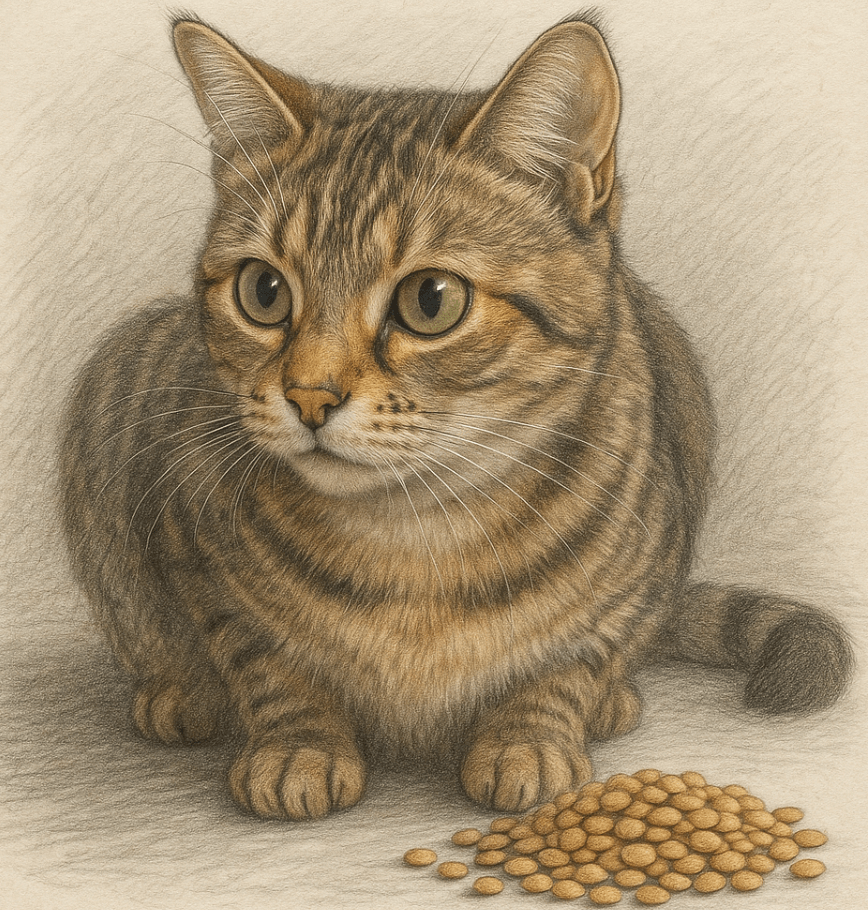
Safe Alternatives to Lentils for Cats | Risks of Feeding Lentils to Cats |
|---|---|
Cooked chicken or turkey | Digestive upset from high fiber content |
High-quality commercial cat food | Nutrient imbalance from plant-based diets |
Plain boiled eggs | Potential choking hazards from whole lentils |
Small amounts of plain pumpkin | Allergic reactions or sensitivities |
Bone broth (unsalted and strained) | Difficulty digesting plant proteins |
How to Safely Introduce Lentils to Your Cat (If Necessary)
If you decide to offer lentils to your cat, it’s crucial to follow strict guidelines to minimize risks and ensure their safety.
Cook Thoroughly:
Raw lentils are difficult to digest and may contain harmful compounds; always cook them thoroughly before serving.Serve in Tiny Portions:
Offer only a teaspoon-sized amount mixed with their regular food to avoid overwhelming their digestive system.Avoid Seasonings or Additives:
Never add salt, spices, garlic, onions, or other seasonings, as these can be toxic to cats.Monitor for Reactions:
Watch for signs of digestive distress, such as vomiting, diarrhea, or excessive gas, after introducing lentils.Consult Your Veterinarian:
Always seek professional advice before adding new foods to your cat’s diet, especially unconventional ones like lentils.
By following these steps, you can reduce the likelihood of adverse effects if you choose to feed lentils to your cat.
Signs Your Cat May Be Struggling with Lentil Consumption
Even when introduced carefully, lentils can sometimes cause issues for cats. Recognizing these warning signs allows you to act quickly and protect your pet’s health.
Vomiting or Diarrhea:
These symptoms indicate that your cat’s digestive system is struggling to process the lentils.Lethargy or Loss of Appetite:
A sudden lack of energy or refusal to eat may signal discomfort or illness caused by lentil consumption.Excessive Gas or Bloating:
Lentils’ high fiber content can lead to uncomfortable gas buildup in cats unaccustomed to plant-based foods.Difficulty Passing Stool:
Constipation or straining during bowel movements suggests that lentils may be causing digestive blockages.Allergic Reactions:
Signs like itching, swelling, or difficulty breathing could indicate an allergic response to lentils.
If you notice any of these signs, discontinue feeding lentils immediately and consult your veterinarian.
Common Mistakes When Feeding Lentils to Cats
Feeding lentils to cats requires careful consideration to avoid mistakes that could harm their health. Here are some common errors to avoid.
Offering Raw Lentils:
Raw lentils are hard to digest and may contain anti-nutrients that interfere with nutrient absorption. Always cook them first.Adding Harmful Ingredients:
Spices, oils, and seasonings can irritate your cat’s stomach or even be toxic. Keep lentils plain and simple.Overfeeding Lentils:
Even small portions can upset your cat’s digestion if fed too frequently. Limit lentils to occasional treats only.Neglecting Veterinary Advice:
Skipping a vet consultation before introducing new foods can lead to unintended consequences for your cat’s health.Assuming All Cats React the Same Way:
Each cat is unique, and what works for one may not work for another. Pay attention to individual tolerances.
Avoiding these mistakes ensures a safer experience if you decide to experiment with lentils.
Alternatives That Provide Balanced Nutrition for Cats
If you’re looking for ways to enhance your cat’s diet, consider these alternatives that align with their carnivorous nature.
High-Quality Wet or Dry Cat Food:
Choose products formulated specifically for cats, ensuring they receive balanced nutrition tailored to their needs.Cooked Meat Treats:
Plain chicken, beef, or turkey provides easily digestible protein and satisfies your cat’s cravings.Pumpkin Puree:
A small spoonful of plain pumpkin aids digestion and adds fiber without the risks associated with lentils.Fish-Based Options:
Cooked salmon or tuna (in moderation) offers omega-3 fatty acids that promote skin and coat health.Bone Broth Supplements:
Strained, unsalted bone broth hydrates and nourishes without introducing unnecessary ingredients.
These alternatives cater to your cat’s natural dietary preferences while keeping them healthy.
Understanding Your Cat’s Carnivorous Nature
Cats are obligate carnivores, meaning their bodies are biologically adapted to thrive on a diet rich in animal-based proteins. Understanding this instinctive need helps explain why certain foods, like lentils, aren’t ideal for them.
Evolutionary Adaptations:
Wild ancestors relied on hunting prey, shaping modern cats’ reliance on meat for essential amino acids like taurine.Limited Ability to Process Plants:
Cats lack the enzymes needed to efficiently break down plant matter, making lentils less digestible for them.Craving Animal Proteins:
Instinct drives cats to seek out flavors and textures associated with meat, reinforcing their carnivorous tendencies.Importance of Taurine:
Taurine, found exclusively in animal tissues, is critical for heart, eye, and immune system health—a nutrient absent in lentils.Natural Preference for Moisture-Rich Foods:
Cats typically prefer wet food over dry kibble or plant-based options, reflecting their hydration needs in the wild.
By respecting their carnivorous instincts, you can provide a diet that truly meets your cat’s needs.
Frequently Asked Questions About Cats and Lentils
Can cats eat canned lentils?
Canned lentils may contain added salt or preservatives, making them unsafe for cats. Stick to plain, cooked lentils if necessary.
Are red lentils better than green or brown lentils for cats?
All types of lentils pose similar risks, so the color doesn’t matter—moderation and preparation are key.
How often can I feed my cat lentils?
Lentils should only be an occasional treat, if at all, and never replace a balanced, meat-based diet.
What should I do if my cat accidentally eats lentils?
Monitor them closely for signs of distress and contact your vet if you notice any concerning symptoms.
Can kittens eat lentils?
Kittens have even more sensitive digestive systems than adult cats, so lentils are best avoided entirely for young felines.
Prioritizing Your Cat’s Health Over Trendy Foods
While lentils are nutritious for humans, they don’t align with the dietary needs of cats as obligate carnivores. Their bodies are designed to thrive on animal-based proteins, and plant-based foods like lentils should be approached with caution. By understanding the risks and focusing on species-appropriate nutrition, you can ensure your cat remains healthy and happy. Remember, your feline friend relies on you to make the best dietary choices for them—so always prioritize their well-being over experimentation with unconventional foods.
Is the Rubber Tree Cat Safe? Best 7 Expert Tips! Discover expert advice on keeping rubber plants safely in cat-friendly homes and learn top tips for pet-safe plant care.
Low Red Blood Cell Count in Cats: Best 7 Expert Tips! Discover causes, symptoms, and treatment options for feline anemia. Learn how to support your cat’s health effectively with expert advice.
Understanding Megacolon Treatment: Best 7 Expert Tips! Discover effective strategies to manage feline megacolon, from dietary changes to surgical options, ensuring your cat’s comfort and long-term health.
How to Register a Therapy Cat: Best 7 Expert Tips! Discover essential steps to certify your cat as a therapy animal, prepare them for training, and make a meaningful impact in therapeutic settings.

